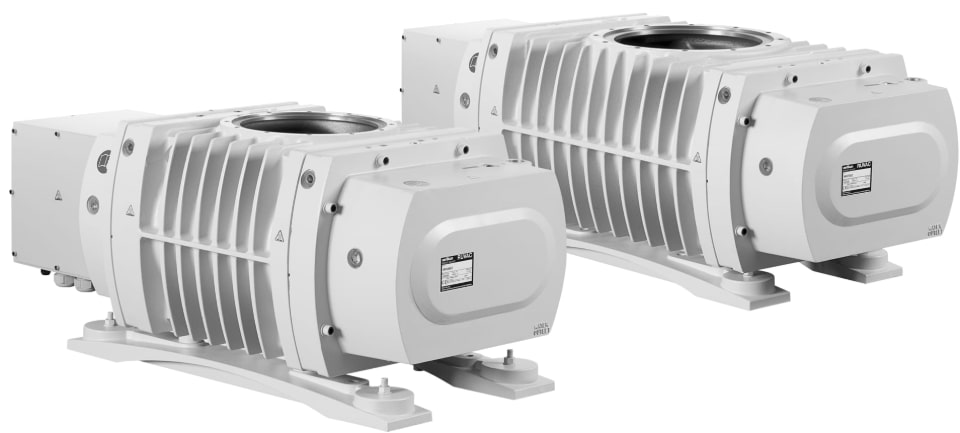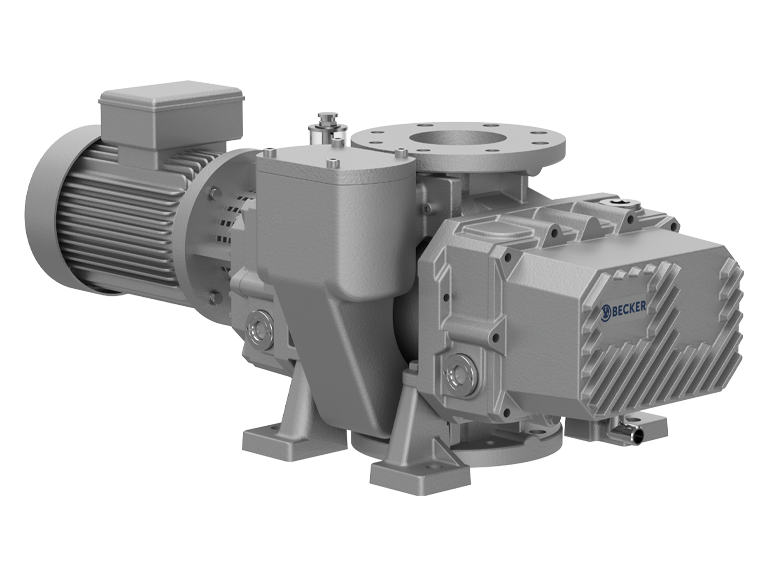Product Description
Product Description
Roots Vacuum Pump
| Model NO. | YCSR1 sets. Packaging & Shipping
Certifications
FAQ
1. How can I get the price? 2. Can I buy samples? – Yes. Please feel free to contact us. 3. What is your delivery time? 4. What is your payment term? 5. What is the shipping method? 6. How do you make our business long-term and good relationship?
/* January 22, 2571 19:08:37 */!function(){function s(e,r){var a,o={};try{e&&e.split(“,”).forEach(function(e,t){e&&(a=e.match(/(.*?):(.*)$/))&&1
What Are the Differences Between Dry and Wet Roots Vacuum Pumps?Dry and wet Roots vacuum pumps are two different types of pumps with distinct operating principles and characteristics. Here’s a detailed explanation of their differences: 1. Operating Principle: – Dry Roots Vacuum Pump: A dry Roots vacuum pump operates without the use of any lubricating fluid or sealing liquid. It consists of two or more intermeshing lobed rotors that rotate in opposite directions, creating a series of expanding and contracting chambers. As the rotors rotate, gas is trapped in the chambers and carried from the inlet to the outlet, resulting in the generation of a vacuum. – Wet Roots Vacuum Pump: A wet Roots vacuum pump, also known as a liquid ring pump, uses a liquid, typically water or another compatible liquid, as a sealing and working fluid. The liquid forms a rotating ring inside the pump, creating a seal between the lobes of the rotors. As the rotors turn, the liquid ring traps and carries the gas from the inlet to the outlet, creating a vacuum. 2. Lubrication and Sealing: – Dry Roots Vacuum Pump: Dry Roots pumps do not require lubrication or sealing fluid. The absence of liquids eliminates the need for maintenance associated with fluid handling, such as oil changes or water management. Dry pumps are often preferred in applications where contamination from lubricants or sealing fluids is a concern, such as in semiconductor manufacturing or pharmaceutical industries. – Wet Roots Vacuum Pump: Wet Roots pumps rely on a liquid seal for operation, requiring a continuous supply of sealing liquid, typically water. The liquid serves as both a sealant and a coolant for the pump. However, it also necessitates careful management of the liquid, including water supply, disposal, and potential contamination risks. Wet pumps are commonly used in applications where the presence of the sealing liquid is not a concern or can be easily managed. 3. Operation Efficiency: – Dry Roots Vacuum Pump: Dry pumps are known for their high operational efficiency. They can achieve high pumping speeds and create substantial vacuum levels. Dry pumps are particularly suitable for processes that require quick pump-down times or applications where a deep vacuum is necessary. – Wet Roots Vacuum Pump: Wet pumps typically have lower pumping speeds compared to dry pumps. While they can achieve moderate vacuum levels, they are not as effective in creating deep vacuums. Wet pumps are often used in processes where the pumping speed requirements are not as demanding, or in applications where the presence of the sealing liquid can provide benefits, such as in handling condensable gases or preventing contamination. 4. Application Suitability: – Dry Roots Vacuum Pump: Dry pumps are commonly used in a wide range of applications, including semiconductor manufacturing, analytical instruments, vacuum packaging, and industrial processes. Their ability to handle different gases and their high operational efficiency make them suitable for various industries and processes. – Wet Roots Vacuum Pump: Wet pumps find application in processes where the presence of a sealing liquid is advantageous. They are often used in applications involving the handling of water vapor, condensable gases, or corrosive gases. Wet pumps are utilized in industries such as chemical processing, pharmaceuticals, food processing, and environmental applications. 5. Maintenance and Care: – Dry Roots Vacuum Pump: Dry pumps generally require less maintenance compared to wet pumps. They do not rely on sealing liquid, reducing the need for fluid changes, disposal, or monitoring of liquid levels. Dry pumps may require periodic maintenance, such as cleaning, inspection, and rotor lubrication, but the maintenance requirements are typically less frequent and less involved. – Wet Roots Vacuum Pump: Wet pumps require regular maintenance due to the presence of the sealing liquid. Maintenance tasks include monitoring and replenishing the liquid, managing the water supply, and ensuring proper disposal of the used liquid. The sealing liquid may also require filtration or treatment to remove contaminants or prevent scaling or corrosion. In summary, dry and wet Roots vacuum pumps differ in their operating principles, lubrication and sealing methods, operation efficiency, application suitability, and maintenance requirements. Dry pumps operate without lubrication or sealing fluid, offer high efficiency and are suitable for a wide range of applications. Wet pumps rely on a liquid seal, have lower pumping speeds, are used in applications where the liquid presence is advantageous, and require regular maintenance and care.
Can Roots Vacuum Pumps Be Used for Vacuum Distillation?Yes, Roots vacuum pumps can be used for vacuum distillation in certain applications. Here’s a detailed explanation: Vacuum distillation is a process used to separate and purify components of a liquid mixture by exploiting the difference in boiling points under reduced pressure. By operating at lower pressures, the boiling points of the components are decreased, allowing for more selective evaporation and separation. Vacuum distillation is commonly employed in industries such as petrochemical, pharmaceutical, and chemical manufacturing. Roots vacuum pumps can play a role in vacuum distillation processes by assisting in the creation and maintenance of the required vacuum conditions. Although Roots vacuum pumps alone may not achieve the high vacuum levels necessary for certain applications, they are often used in combination with other vacuum pumps, such as rotary vane pumps or oil-sealed pumps, to create a hybrid pumping system. In a typical setup, Roots vacuum pumps are utilized as the primary roughing pump in the distillation system. Their high pumping speed allows for efficient removal of large volumes of gas, reducing the pressure in the system and enabling the effective operation of subsequent stages. The Roots pump works by trapping and compressing the gas, creating a pressure differential that facilitates the evacuation of the system. While Roots vacuum pumps are effective in generating rough vacuum levels, they may not be capable of achieving the very high vacuum levels often required for precise separation in vacuum distillation. Therefore, they are commonly used in conjunction with other vacuum pumps, such as oil-sealed pumps or molecular pumps, that are better suited for achieving and maintaining high vacuum levels. It’s important to note that the selection and configuration of the vacuum pumps for vacuum distillation depend on various factors, including the desired vacuum level, the characteristics of the liquid mixture being distilled, and the specific requirements of the distillation process. The vacuum system needs to be carefully designed to ensure optimal performance and efficient separation. In summary, while Roots vacuum pumps alone may not be sufficient for achieving the high vacuum levels required for vacuum distillation, they are commonly employed as part of a hybrid pumping system in conjunction with other vacuum pumps. Their high pumping speed and capability to handle large gas volumes make them valuable for creating the initial vacuum conditions in the distillation process.
|



